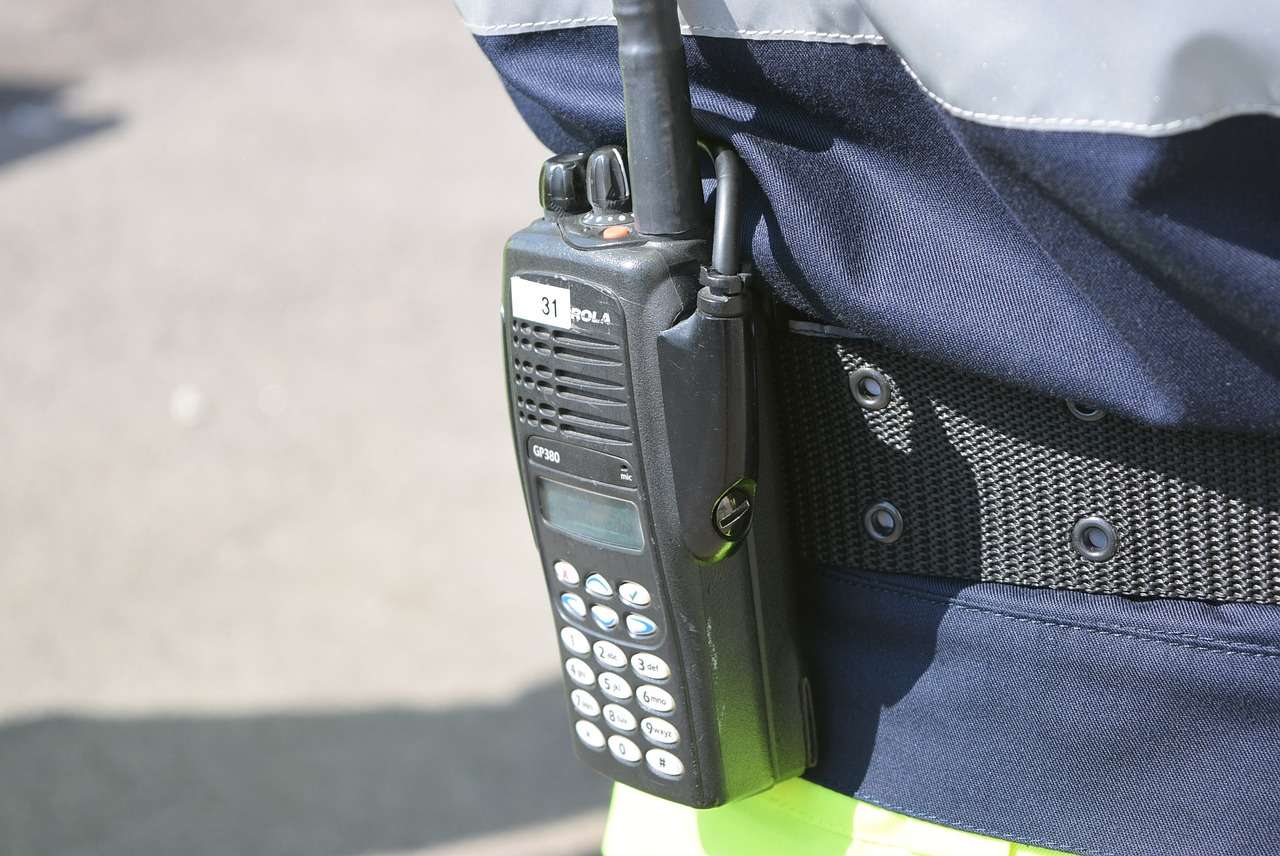
MARC JACOBS
Hutch Post
HUTCHINSON, Kan. — Jason Younger is no stranger to juggling a full schedule — by day, he’s crafting custom signage through his new venture with Sign Source, and by night, he’s churning out fresh batches of donuts as the owner of a Daylight Donuts franchise. Somewhere in between, he still finds time to chase a lifelong passion that’s been with him since childhood: amateur radio.
“You sleep like a cat,” Younger said with a laugh. “Just catch it when you can.”
Younger, a former broadcaster and Tribune, Kan. native, has made a name for himself in both business and broadcasting circles. His entrepreneurial streak has only expanded over the years. But before donuts and directional signage took center stage, it was radios and walkie-talkies that sparked his imagination.

“As a kid, I tore apart my stereo and wired it into walkie-talkies so I could ride around on my bike and listen to music,” Younger recalled. “Even then, I was curious about what was floating through the air.”
That childhood curiosity grew into a lifelong love of amateur radio — or "ham radio," as it’s often called — a hobby that connects users around the globe through licensed frequencies.
Younger explained that while amateur radio isn’t new — its roots date back to the late 19th century — modern technology has breathed new life into the field.

“Back in the day, you needed to learn Morse code to get licensed, and that was a barrier for me,” he said. “Now that requirement’s gone, and with digital tools, it’s really seeing a resurgence.”
More than a nostalgic throwback, amateur radio now overlaps with contemporary tech like drones, robotics, and even space communication. Younger himself has used handheld equipment and directional antennas to communicate through satellites — including the International Space Station (ISS).
“There are astronauts on the ISS who will flip on the ham radio during their downtime,” Younger said. “Sometimes, you can actually talk to them. Other times, the ISS acts like a big repeater, letting you talk across the country as it passes overhead.”
Whether it’s reaching into New Zealand by day or picking up signals from Mexico at night, Younger says each moment on the airwaves is a window into something bigger.
“It just grabs your imagination,” he said. “You’re lying in bed, tuning in, and you’re suddenly hearing voices and music from thousands of miles away. That’s magic.”
Despite a packed schedule, Younger remains committed to the hobby and encourages others to explore it too.
“It’s not just about nostalgia or technology,” he said. “It’s about curiosity. What else is out there?”





